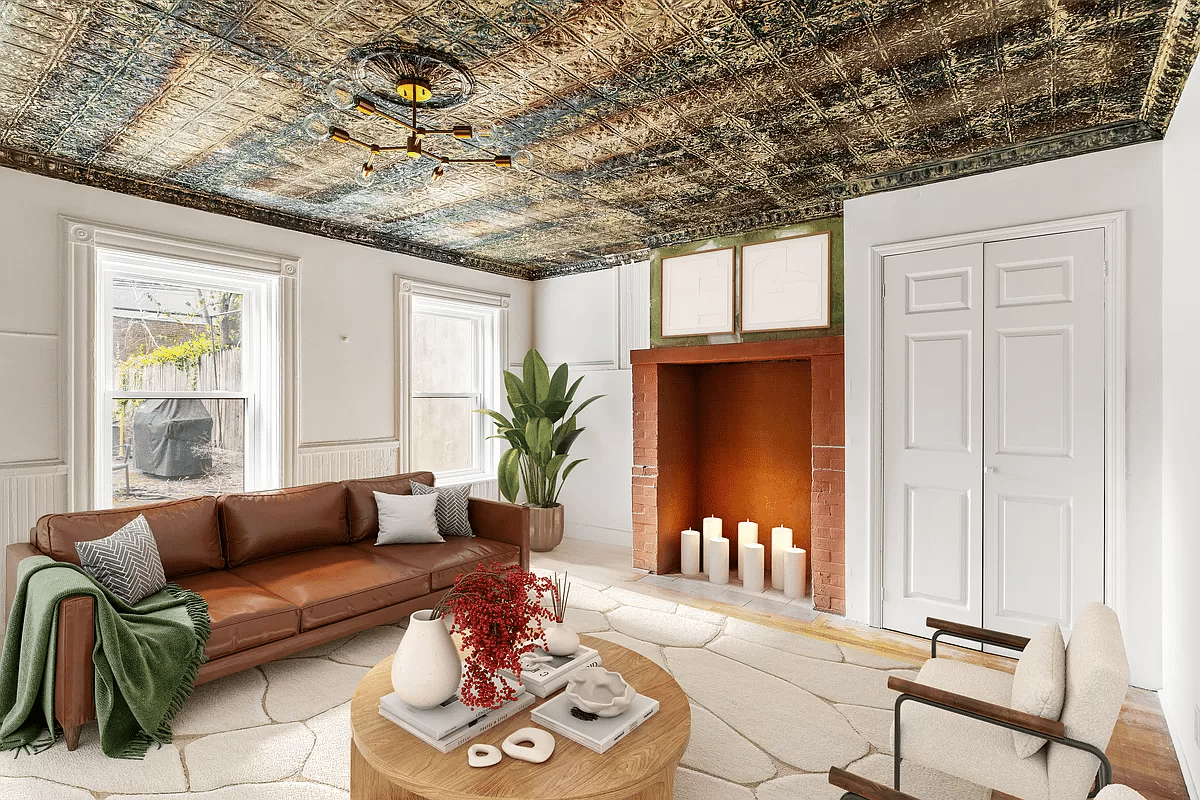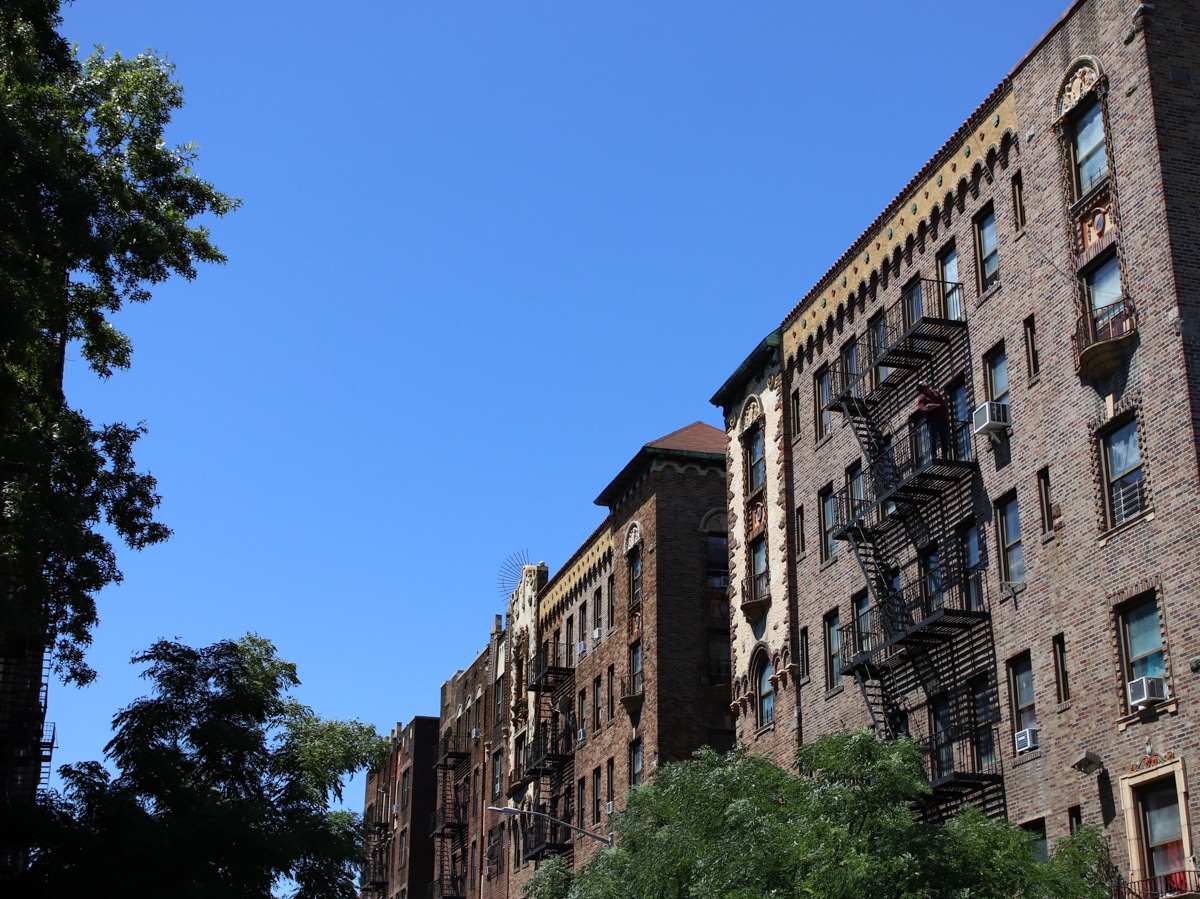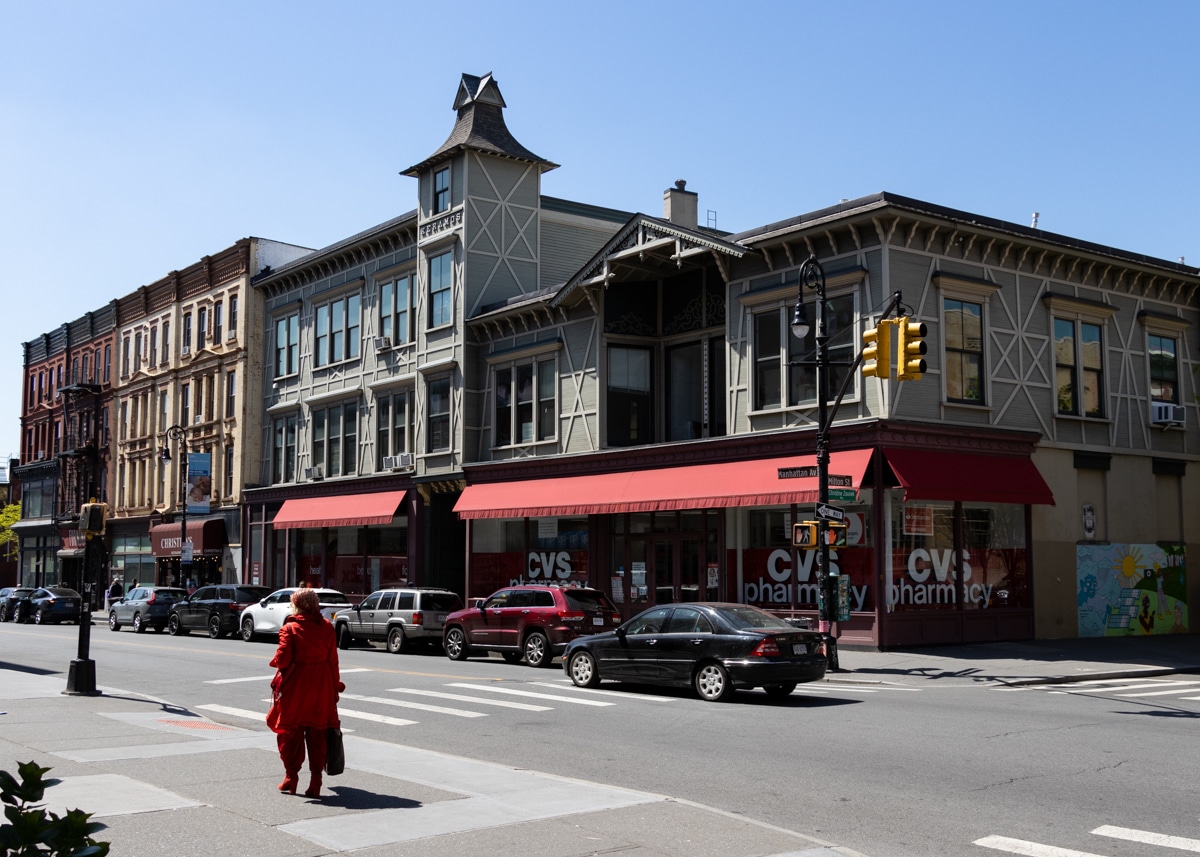Report on 'Invention of Brownstone Brooklyn'
Regular Brownstoner reader/commenter Mopar filed this report about yesterday’s panel discussion on gentrification in Brooklyn emceed by Suleiman Osman, author of the new book “The Invention of Brownstone Brooklyn: Gentrification and the Search for Authenticity in Postwar New York”: Tuesday night’s panel on “The Invention of Brownstone Brooklyn: Race and Gentrification in South Brooklyn” at…
Regular Brownstoner reader/commenter Mopar filed this report about yesterday’s panel discussion on gentrification in Brooklyn emceed by Suleiman Osman, author of the new book “The Invention of Brownstone Brooklyn: Gentrification and the Search for Authenticity in Postwar New York”:
Tuesday night’s panel on “The Invention of Brownstone Brooklyn: Race and Gentrification in South Brooklyn” at the Museum of the City of the New York focused on Brooklyn’s former slums where brownstones now sell for $2 million and up.
“For me, the Park Slope of 2011 is a limousine parked in front of a public school, said “Prospect Park West” author Amy Sohn, explaining that just that day she had seen one parked outside PS 321 waiting for a parent. “I feel the book [Osman’s] is about my life. I came from Mitchell-Lama housing and now we live across from [actor] John Turturro.”
Was the brownstoning movement of the 1960s and 1970s a success? It depends on who you ask. Author of “The Invention of Brownstone Brooklyn: Gentrification and the Search for Authenticity in Postwar New York” Suleiman Osman, who grew up in Park Slope and is a professor of American Studies at George Washington University, did not pick a side.
“If it’s about increasing real estate values, then it’s been very successful,” said Michelle de la Uz, executive director of the Fifth Avenue Coalition. “If it’s about the urban ideal of diversity, then it’s failed miserably. We need public policy with equity and justice at the forefront to achieve that urban ideal we were all attracted to and decided to stay in New York for.”
Back in the 1960s, brownstoners moved to Brooklyn so they could live in “someone’s former mansion” and have more space to raise their families for not much money, related Ken Patton, a founder of the Brownstone Revival Committee. When a neighborhood group planned to picket the Dime Savings Bank for redlining Brooklyn, he held a cocktail party for newcomers and bankers, and convinced the money men to offer mortgages to young, white professional families moving into Park Slope. But first he had to convince them that the newcomers were not “bohemians.”
“I’m a victim of displacement and gentrification,” said audience member and Councilwoman Tish James, who grew up in Park Slope and whose family was forced to move when rents rose. The recent census shows a reverse Great Migration is taking place, with more than 10,000 African Americans moving from New York to the South because they can no longer afford to live here, she said. “There’s a huge disparity in wages and the socioeconomic situation in New York City. It’s rather devastating to walk in your own community and feel like a stranger.”
Brownstoner commenters Amzi Hill and BedstuyMaven attended. Were there any others? What did you think of the panel?









DIBS,
I too came rather late, which is why I hesitate to criticize the brownstoners of the ’50s. That’s also why I found the earliest part of Osman’s narrative so fascinating. I knew much about the early days of brownstoning, but I learned a lot more. I presume that Osman’s account is accurate, since his account of the later period, after I came in, seems spot on.
MM,
I think the inclusiveness that you and I write of might have started {at least in real terms, rather than lip service} in the ’60s. and might have been inconceivable to the earliest white brownstoners. Still, I hesitate to criticize them for not transcending the spirit of their times and recognize their achievement in starting to reverse the post war rush to the suburbs.
hey montrose – tell the real story in your book!!
Can I nominate this thread for the “NPR White People Suck” award of the year?
Bob Marvin, could you email me at moparbrownstoner@gmail.com? Also, Montrose, could you look out for an email from me? I’m wondering if it would be possible to speak to you both about your recollections and impressions about black brownstoners. I’ll explain why in my email….
I’m glad all the long-time local residents kept up the area of bed Stuy that I moved to. “Pioneer?” I don’t think so…I came rather late.
Bob, the people who started the Brownstoners of Bed Stuy certainly called themselves that, as well. In fact, when all this “brownstoner” business started, (not the blog, the return to brownstones) I thought this was something that the Brownstoners of Bed Stuy had started. This was around 1980, or so, before I even moved to Brooklyn. I had started to buy up everything available pertaining to row houses, which I had fallen in love with, and as you know, that wasn’t much.
I’m glad the early Brownstoners were so inclusive and all encompassing. Certainly makes sense in PLG. Seems like much of that has been forgotten by later tellers of the tales. Ken Patton’s recollection does rankle, although probably not what he intended.
I mean, this is the same situation as in Stuy Town. It happens everywhere, it is not necessarily far but I don’t know how people will be able to prevent this.
http://romioblog.com/
Also BTW, I knew lots of black people who described themselves as “brownstoners”; Ruby Ford, who represented “the neighborhoods [PLURAL] of Bedford and Stuyvesant Heights” at the old Brooklyn Brownstone conference, Bernice Sealy, who started our [PLG] house tour….